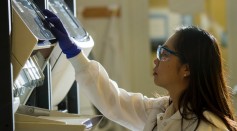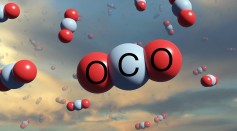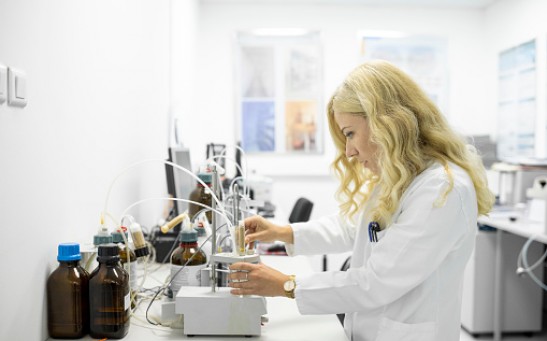Catalyst

Ion Irradiation Allows Precise Control of Nanoparticle Growth, Offers Potential in Clean Energy Production

Liquid Metals Revolutionize Chemical Engineering Processes, Offer Solution to ‘Greening’ the Production Industry
Plastic Waste Can Be Converted Into Raw Materials for Detergents Using Improved Catalytic Methods

Novel Enzyme Boosts Production of Hydrocarbons From Feedstocks, Holds Key to Sustainable Aviation Fuels

Novel Catalyst Can Turn Carbon Dioxide Into Gasoline 1,000 Times More Efficiently Than Existing Methods
Converting Solid Biomass to Natural Gas Now Made More Efficient to Reduce Carbon Footprint

University of Illinois Used Zeolite Pores to Develop Water Molecules and Its Fluidity as Catalyst for Faster Chemical Reactions

Industrial Chemical Processes Made More Efficient Through Catalytic Surface; Decarbonization Easier and Faster

Calcium Imide: Catalyst To Extract Hydrogen Fuel From Ammonia; Step Towards Efficient Green Energy Harvest

Renewable Energy: How Green Hydrogen Will Bridge The Gap for Energy Transition
Greener Approach: Visible Light Used to Decompose CO2 in New Strategy

Copper Cubes Used as Catalyst in New Reactor To Convert Carbon Monoxide Into Acetic Acid

Researchers Developed a “Swiss Army Knife” Catalyst from 10 Different Elements
Novel Catalyst Turns Plastic into Fuel and Wax
Most Popular

How Technology Is Changing the Real Estate Industry?

Study Reveals High Turnover in Scientific Research Careers: What This Means for Future Scientists

How a Plant-Based Diet Can Protect Against Breast Cancer: Insights from Nutrition Research

Why It's So Difficult to Lose Weight: The Biological Explanation Behind Obesity






